
Charlton Comics was an American comic book publishing company that existed from 1945 to 1986, having begun under a different name: T.W.O. Charles Company, in 1940. It was based in Derby, Connecticut. The comic-book line was a division of Charlton Publications, which published magazines, puzzle books and, briefly, books. It had its own distribution company.
A minicomic is a creator-published comic book, often photocopied and stapled or with a handmade binding. In the United Kingdom and Europe the term small press comic is equivalent with minicomic, reserved for those publications measuring A6 or less.
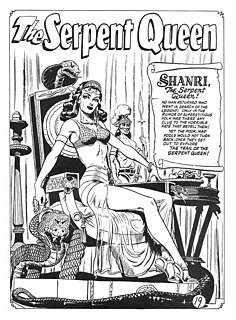
In comics, a colorist is responsible for adding color to black-and-white line art. For most of the 20th century this was done using brushes and dyes which were then used as guides to produce the printing plates. Since the late 20th century it is most often done using digital media, with printing separations produced electronically.
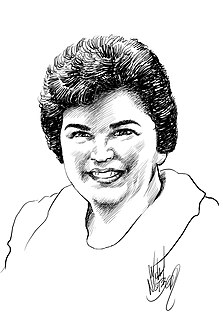
Marie Severin was an American comics artist and colorist best known for her work for Marvel Comics and the 1950s' EC Comics. She is an inductee of the Will Eisner Comics Hall of Fame and the Harvey Awards Hall of Fame.
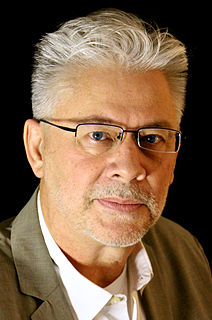
Carl Potts is an American comics artist, writer, teacher, and editor best known for creating the series Alien Legion for the Marvel Comics imprint Epic Comics.
The Alley Award was an American annual series of comic book fan awards, first presented in 1962 for comics published in 1961. Officially organized under the aegis of the Academy of Comic Book Arts and Sciences, the award shared close ties with the fanzine Alter Ego magazine. The Alley is the first known comic book fan award.
Matt Hollingsworth is an American comic book colorist.
Laura DePuy is a colorist who has produced work for several of the major comics companies, including DC Comics, Marvel Comics and CrossGen.
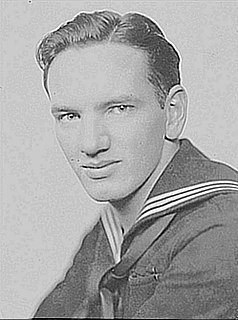
Joseph P. Gill was an American magazine writer and highly prolific comic book scripter. Most of his work was for Charlton Comics, where he co-created the superheroes Captain Atom, Peacemaker, and Judomaster, among others. Comics historians consider Gill a top contender as the comic-book field's most prolific writer. Per historian and columnist Mark Evanier, Gill "wrote a staggering number of comics. There are a half-dozen guys in his category. If someone came back and said he was the most prolific ever, no one would be surprised."

Florence Steinberg was an American publisher of one of the first independent comic books, the underground/alternative comics hybrid Big Apple Comix, in 1975. Additionally, as the secretary for Marvel Comics editor Stan Lee and the fledgling company's receptionist and fan liaison during the 1960s Silver Age of Comic Books, she was a key participant of and witness to Marvel's expansion from a two-person staff to a pop culture conglomerate.
Minicomics Co-ops are entities for trading and promoting small press comics and fanzines. The most well-known of these co-ops is the United Fanzine Organization, or UFO, a co-operative of minicomic creators that has existed since about 1968, when it was called Blue Plaque Publications (BPP). Carl Gafford, at that point the publisher of a comics fanzine called Minotaur, created the BPP; among its earliest members were Chuck Robinson II, Dwight Decker, Ed Romero (Realm), and Gordon Matthews (Coffinworm).
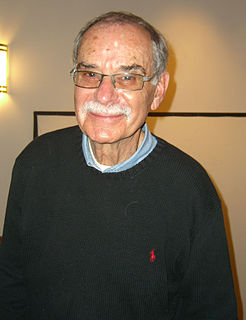
Stan Goldberg was an American comic book artist, best known for his work with Archie Comics and as a Marvel Comics colorist who in the 1960s helped design the original color schemes of Spider-Man, the Fantastic Four and other major characters. He was inducted into the National Cartoonists Society Hall of Fame in 2011.
Neil Kleid is an American cartoonist who received a 2003 Xeric Award grant for his graphic novella Ninety Candles (2004). Raised in Oak Park, Michigan, he lives in New Jersey

FOOM was Marvel Comics' self-produced fan magazine of the mid-1970s, following the canceled Marvelmania and preceding Marvel Age. Running 22 quarterly issues, it was initially designed and edited by comic book writer-artist Jim Steranko.

John Workman is an American editor, writer, artist, designer, colorist and letterer in the comic book industry. He is known for his frequent partnerships with writer/artist Walter Simonson and also for lettering the entire run of Grant Morrison/Rachel Pollack's Doom Patrol.

Jim Salicrup is an American comic book editor, known for his tenures at Marvel Comics and Topps Comics. At Marvel, where he worked for twenty years, he edited books such as The Uncanny X-Men, Fantastic Four, Avengers and various Spider-Man titles. At Topps, he edited books such as Bram Stoker's Dracula, X-Files and Zorro.

Artie Edward Romero is an American cartoonist, animator, producer, director and publisher. He began his career in comic books at a young age in the 1970s, and now is best known for his animation work.

Martin Joseph "Marty" Pasko was a Canadian comic book writer and television screenwriter.

Wingate Chase Craig was an American writer-cartoonist who worked principally on comic strips and comic books. From the mid-1940s to mid-1970s he was a prolific editor and scripter for Western Publishing's Dell and Gold Key Comics, including the popular Disney comics line.

The Amazing World of DC Comics was DC Comics' self-produced fan magazine of the mid-1970s. Running 17 issues, the fanzine featured DC characters and their creators, and was exclusively available through mail order. Primarily text articles, with occasional strips and comics features, Amazing World offered a great deal of insight into Bronze Age DC corporate and creative culture.













